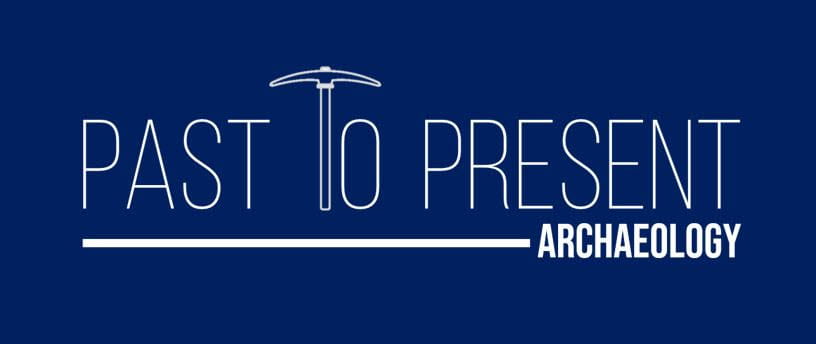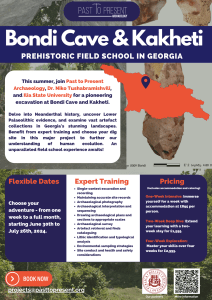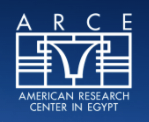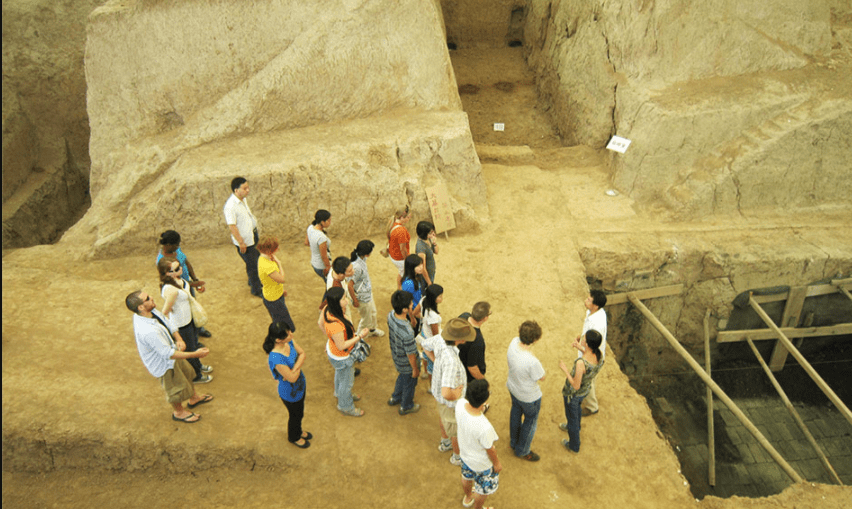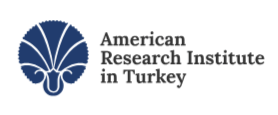Free and open to the public. No registration required.
Manioc was domesticated some 8,000 years ago in southwest Amazonia and has since become the staple food of the region’s indigenous peoples. Since colonial times, Europeans have viewed it with suspicion, opposing it to grains. One Jesuit priest even proposed uprooting all manioc and replacing it with wheat. More recently, tubers and tuberous roots, characteristic of tropical agriculture, have been associated with political decentralization and the absence of the state. They would be state-evading crops. In this talk, Carlos Fausto will investigate this idea using ethnographic and archaeological data from an indigenous Amazonian society, whose political-ritual economy revolves around chiefs and their grandeur.
Dr. Fausto is a professor of anthropology at the National Museum, Federal University of Rio de Janeiro. He served as a visiting scholar at the universities of Chicago, Stanford and Cambridge, as well as at the École des Hautes Études en Sciences Sociales and the École Pratique des Hautes Études, both in France. He has been conducting fieldwork among indigenous peoples in Amazonia since 1988, most notably with the Tupi-speaking Parakanã and the Karib-speaking Kuikuro. His most recent books are “Warfare and Shamanism in Amazonia, Art Effects: Image, Agency and Ritual in Amazonia,” and the co-edited volume “Ownership and Nurture: Studies in Native Amazonian Property Relations.” He is also a photographer and a documentary filmmaker, having co-directed the award-winning feature film “The Hyperwomen.”
Dr. Fausto is currently Visiting Professor of Anthropology and Global Scholar at Princeton University’s Princeton Institute for International and Regional Studies and the Brazil LAB.
This lecture is co-sponsored by the Center for Latin American and Caribbean Studies and Joukowsky Institute for Archaeology and the Ancient World, with support from the William R. Rhodes Latin American Fund. It is free and open to the public. No registration is required.








